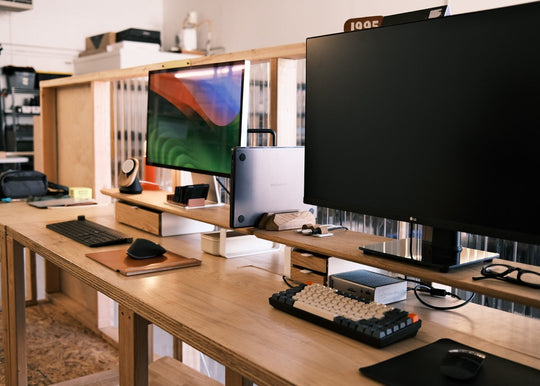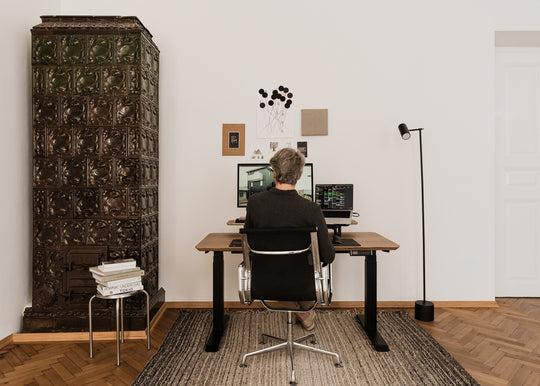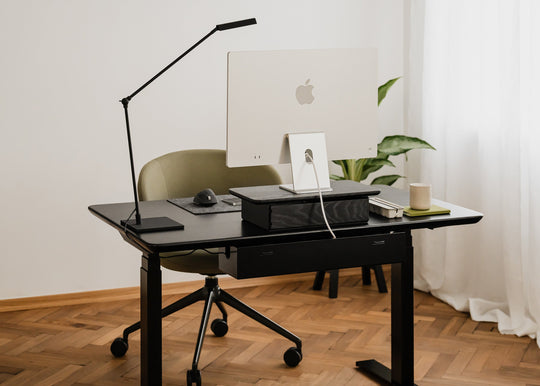
What does "ergonomics" mean
Ergonomics is a big word for a simple concept: designing your workstation to fit your body. This includes adjusting your workspace or choosing furniture that is made for proper support. A lot of people think of ergonomics as only pertaining to office work, but it can be applied to any profession or hobby. Whether you’re a musician, artist, writer, or doctor, you want to make sure you aren’t putting unnecessary strain on your body.
How to get started?
According to Webster’s dictionary ergonomics is “a science that deals with the efficient use of energy in work situations.” So, what can you do to keep your energy level up throughout the workday?
First, choose a desk that is the right height for your needs. Your chair should allow you to sit with your feet flat on the floor and your knees at a 90-degree angle. If necessary, use a footrest to support your feet. Some studies have shown that electric standing desks are more effective than manual ones and that adjustable desks are more effective than fixed-height desks. Of course, the best way to find out what works best for you is to experiment until you find the perfect ergonomic setup for your needs.
Second, position your computer screen so that it is at eye level. This will help to reduce neck and eye strain.
Finally, make sure that your keyboard and mouse are within easy reach, so your joints are aligned in the most neutral posture.
By following these simple tips, you can create a more ergonomic workspace that will make it easier for you to stay comfortable and productive throughout the day.
The good news is that there are a plethora of ergonomic products on the market these days, so you're sure to find something that suits your needs. And if you don’t know where to start, there are plenty of ergonomics consultants who can help you select the best solution for your workspace.

Photo by Jason Strull on Unsplash
Beyond the physical
Designing furniture and accessories that minimize physical discomfort – the tangible and physical side of space improvement – is only a part of the science. Ergonomists also concern themselves with how people use their tools and interact with technology. In short, ergonomics is a complex and ever-changing field, and it will continue to evolve alongside our understanding of human behavior.
Cognitive ergonomics is a subfield of ergonomics that specifically focuses on how our cognitive processes, such as thinking and memory, are impacted by our environment.
For example, if you're trying to remember a phone number and you're constantly interrupted, you're likely to have difficulty recalling the number in the future. On the other hand, if you're able to write the number down, you have a better chance of memorizing it.
This example demonstrates how our ability to think and remember can be affected by our surroundings. By understanding cognitive ergonomics, we can design environments that help us think clearer, work more efficiently, and increase satisfaction.
The goal of ergonomics is to make sure you are working in an environment that allows for safe and comfortable movement. There are many great products you can invest in to achieve an ergonomic setup, such as monitor mounts, keyboard trays, and footrests.
Do you consider ergonomics when setting up your workspace? If not, maybe it’s time to give it a try.








